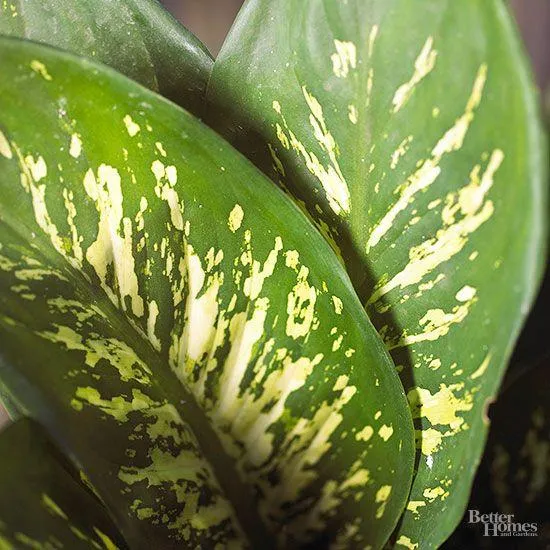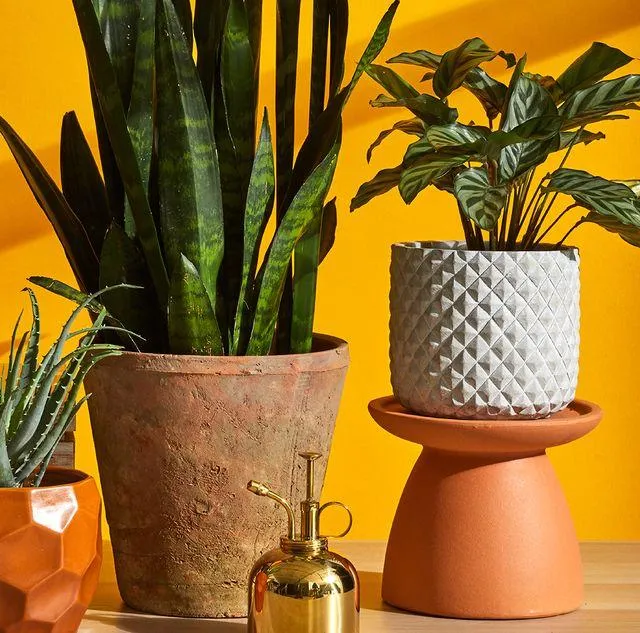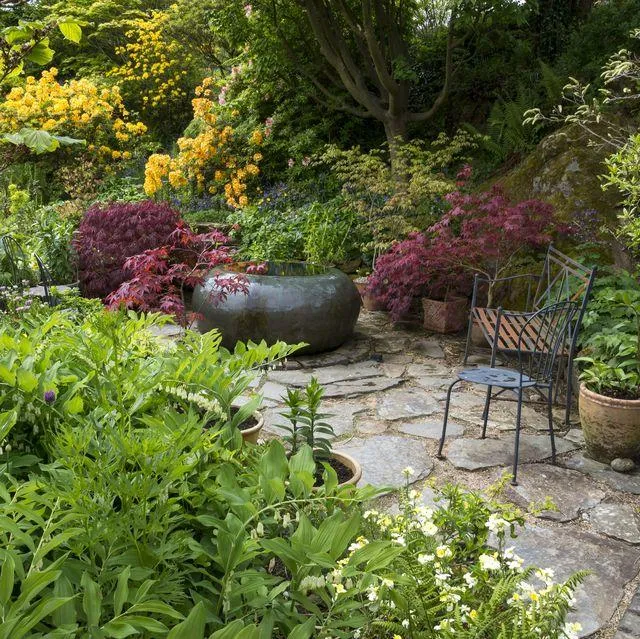Choosing the Best Indoor Trees for Low Light Spots
If you’re looking to add some greenery to an area in your home that doesn’t get a ton of natural sunlight, finding the right indoor trees can seem challenging. But fear not – there are quite a few excellent options that will thrive even with minimal light. In this article, I’ll explore some top choices for low-light areas and provide care tips to help your tree flourish.
Snake Plants
From my experience, snake plants (Sansevieria trifasciata) are one of the hardiest indoor trees you can find. They can tolerate very low light and irregular watering with surprising resilience. You’ve probably seen snake plants lingering in offices or other dimly lit areas for years without issue. Their vertically patterned leaves add sculptural appeal even in shadowy spots. Just be sure not to overwater – allow the soil to dry out between waterings.
Chinese Evergreens
Another great choice is the Chinese evergreen (Aglaonema), which comes in a variety of colorful leaf patterns like dark green with cream edges or deep burgundy shades. Chinese evergreens tolerate low light pretty well and don’t need a ton of water. However, they may lose some of their vibrant leaf colors in very dim conditions. For best color, give them as much indirect light as your space allows while keeping in mind their low-light tolerance.
Pothos
The ubiquitous pothos vine (Epipremnum aureum) has gained popularity as an ultra-hardy indoor plant. It’s basically impossible to kill! Pothos can handle darkness for extended periods thanks to its trailing vine growth habit that allows it to reach for more light. Its heart-shaped leaves come in both bright and dull leaf varieties, providing design flexibility. Water it periodically but allow the soil to dry between waterings.
Peace Lily
Despite its frilly white blooms, the peace lily (Spathiphyllum) tolerates low light well. It indicates when it needs a drink by drooping its leaves – just water it when this occurs and brighten back up. Peace lilies release oxygen at night to counteract stuffy indoor air too. Though not technically a tree, its generous foliage still provides a woodland feel. Place it where it can get occasional filtered sunlight if you want blooms.

Dieffenbachia
Commonly called dumb cane, dieffenbachia (Dieffenbachia) goes dormant at the first sign of stress to retain water – so it’s very happy in low-light conditions! It comes in green or variegated leaves and grows well in medium to low light. Be wary of its sap which can cause mouth irritation or numbing in pets. Avoid direct drafts and place out of reach of little hands. Water sparingly when top inch of soil is dry.
Janet Craig Dracaena
The Janet Craig dracaena (Dracaena deremensis ‘Janet Craig’) features strappy leaves in green with cream edges. It tolerates lower light levels than many indoor plants with minimal light requirements. Water when topsoil is dry and feed infrequently in spring. Dust leaves occasionally and be sure pot has drainage holes to avoid root rot. Dracaenas make an arching statement in any room, even without much natural sunlight.
ZZ Plant
If you want a tree so undemanding it’s basically indestructible, check out the ZZ plant (Zamioculcas zamiifolia). These peculiar plants thrive in very low light and are quite drought-tolerant between waterings. Their waxy dark green leaves remain full and plump almost anywhere you put them. ZZ plants have gained a reputation as “set it and forget it” types that can endure severe neglect. They also produce small shoots that can be propagated for more plants when mature.
Spider Plant
Famously known to clean the air, spider plants (Chlorophytum comosum) love low light but produce more offsets or “spiderettes” on their flower stalks with higher lighting. They indicate thirst with softly drooping leaves that perk back up within an hour of watering. Remove spent flower stalks. Propagate offsets for more plants and fun plant swaps with friends! Their arching grassy leaves lighten dark corners while requiring next to no maintenance.
Jacob’s Ladder
The quirky variegated leaves of Jacob’s ladder (Polemonium caeruleum) add charm even in shady spots. This one prefers consistent moisture so check soil regularly and water before it completely dries. Avoid direct sun, which can scorch its foliage. Prune back by one-third each spring for thicker growth. It puts out dainty sky blue flowers in summer too. A unique choice for adding visual interest without fuss.

English Ivy
Though not a tree per se, English ivy (Hedera helix) functions well as a trailing indoor plant even in low light. It grows as a dense groundcover, climber, or hanging basket. Ivy thrives on neglect in barely-there light and endures dry spells between waterings with its waxy leaves. A terrific option for areas under tables, bookshelves, or other furniture where light is limited. Just be sure not to overwater.
Care Tips for Low-Light Indoor Trees
Here are some additional care tips that will help your new low-light indoor tree thrive:
- Water only when top 1-2 inches of soil are dry to avoid root rot in pots without drainage
- Feed monthly in spring and summer with diluted all-purpose fertilizer for additional growth
- Dust leaves occasionally and wipe with damp cloth to remove dust buildup
- Prune to shape and control size; remove yellow or brown foliage
- Rotate plants to different sides for even light exposure
- Check for pests and treat immediately if symptoms appear
- Repot every few years when roots fill container or plant outgrows its space
- Consider using grow lights or a lamp on a timer if light is truly minimal
With a bit of TLC following these guidelines, your new indoor tree should thrive for many years even in lower light conditions. Just choose varieties adapted to low light levels and monitor moisture needs. Soon your home will be filled with vibrant greenery. From my experience, adding a few of these low maintenance plants totally changes the vibe. So pick your favorites and get planting!
Do you have any other questions about choosing or caring for low-light indoor trees? Feel free to ask in the comments below. I’m always happy to share more tips to help your plants succeed in low-light spots throughout your home. With a little know-how, any room can be brightened up with the magic of indoor greenery.
Top Low Light Indoor Trees for Home or Office
| Tree Name | Light Requirements | Height | Growth Rate |
|---|---|---|---|
| Snake Plant | Low | Up to 3 feet | Slow |
| Pothos | Low to Medium | Up to 6 feet | Moderate |
| Chinese Evergreen | Medium | 2 to 5 feet | Moderate |
| Peace Lily | Low to Medium | 1 to 3 feet | Moderate |
| Rubber Plant | Low to Medium | 3 to 6 feet | Slow |
FAQ
-
What types of trees can grow indoors with low light?
Some trees that basically get along fine with not very much light include the snake plant, peace lily, pothos, Chinese evergreen, English ivy and zz plant. They sort of don’t need super bright sunlight to thrive.

-
How much light do indoor trees need?
Most indoor trees need medium light, which means they get around 500-1000 lux. However, there are some trees that will do okay in low light conditions of below 200 lux. Maybe these types of trees are best for places that don’t get very much natural light coming in.
-
What grows well in low light?
Trees like the bamboo palm, Chinese evergreen and snake plant apparently handle low light situations surprisingly well despite what you may think. The spider plant is another one that can somehow survive in the shadows. They don’t seem to mind it too much if the light is not super bright.
-
Are fake plants better than real for low light?
On one hand, artificial plants don’t need light to thrive so they may be a better choice in a dim spot. Nevertheless, many real indoor trees can handle low light as demonstrated above. Perhaps a fake tree is more reliable if you don’t want to risk a real one not making it. But is it worth it without the enjoyment of a living plant? You decide!
-
How can you supplement light for indoor trees?
To assist indoor plants in low light areas, you can place them near a south or west facing window. Also, using grow lights can maybe help provide the extra light hours the trees require. There are special full spectrum grow bulbs made for that purpose. You just need to be sure the lights are on for a sufficient length of time to substitute for natural sunlight.
-
What is considered low light for indoor trees?
Most experts define low light as under 500 lux. Shade outdoors or distance from a window would fall into this range. However, different types of trees have separate light needs. As mentioned before, some plants can deal with even less than 200 lux. Maybe when choosing trees, look at specifics for each variety to determine if it meets their minimum light specifications.

-
Any last tips for low light tree care?
A few final pointers – watch for signs like leggy growth or yellowing leaves which could mean the tree needs more sun. Water less frequently in low light to prevent rot. You might also try rotating trees weekly to balance growth, although this is just a thought. At the same time, don’t be too hard on yourself if a tree doesn’t thrive – low light can pose a real challenge!
